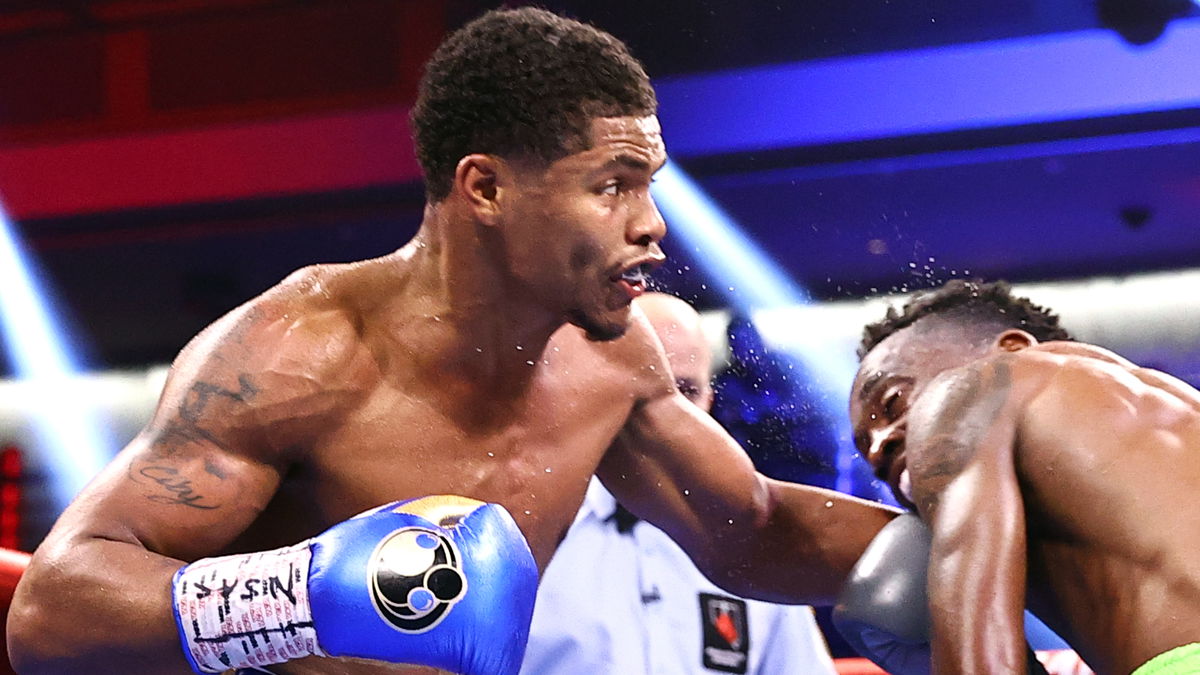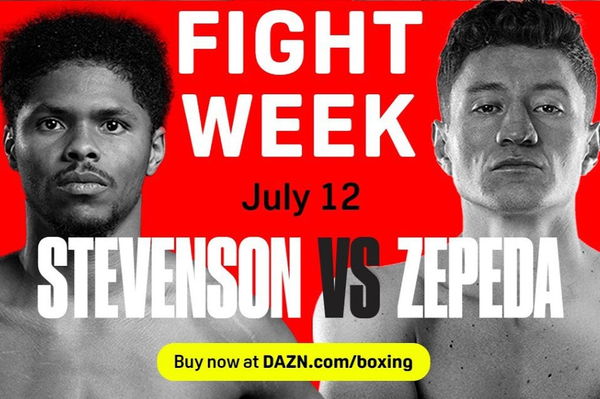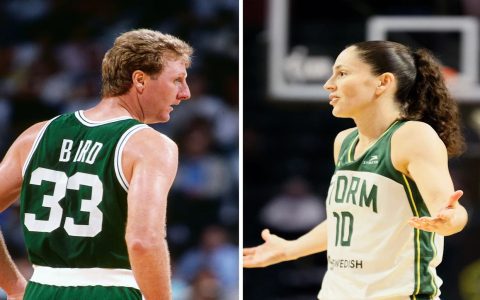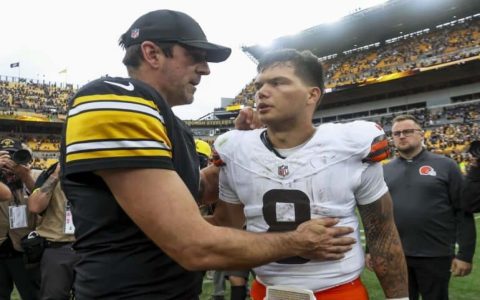Several key factors determine Shakur Stevenson's fight purse, reflecting boxing's complex economics:
Marketability & Star Power
Fan base size, PPV draw capability, and media attention directly influence his earning potential. High ticket sales and viewership significantly increase base guarantees and revenue share percentages.
Negotiating Leverage
His bargaining position is shaped by:

- Current win streak & undefeated record (enhancing market value)
- Championship status (titleholders command premium purses)
- Promotional contract terms (percentage splits, minimum guarantees)
Opponent Profile
Purse size escalates with:
- High-profile opponents (established names or champions)
- Competitive matchups (greater risk = higher reward)
- Opponent's own drawing power (boosting overall event revenue)
Broadcast & Revenue Streams
Platform (PPV, streaming, cable) determines payout structures. Contracts often include guarantees plus escalating backend percentages based on:
- PPV buys
- Gate receipts
- International rights sales
- Sponsorship revenue
Event Scale & Location
Major arenas/locations (e.g., Las Vegas superfights) offer larger purse pools than smaller regional cards. Promotional budgets tied to the event size set purse ceilings.
Career Stage & Historical Performance
Purses grow with:
- Consistent headline performances (enhancing future value)
- Championship pedigree (longer reigns command higher fees)
Maximizing earnings requires strategic management of these variables, balancing risk, visibility, and revenue generation opportunities.









